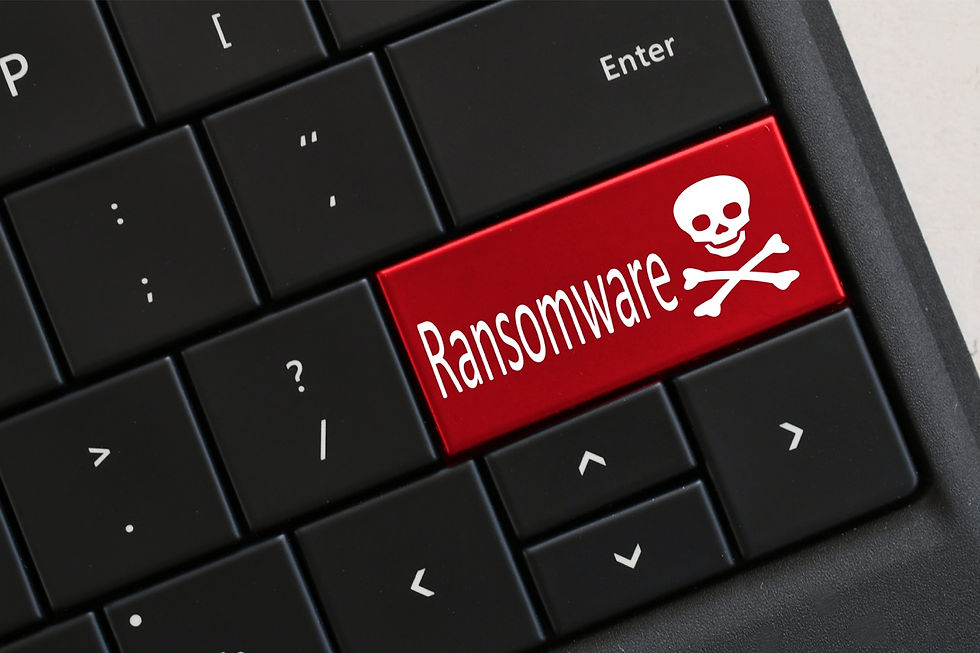
Ransomware decryption
Ransomware has become a rampant form of malicious software in recent years, with numerous incidents threatening businesses. The Chengjie Technologies team has helped dozens of companies in the past few years to handle the entire ransomware unlocking process, from dealing with the ransomware, recovering systems, restoring data, to providing real-time reporting to management and external stakeholders.
We deeply understand the helplessness that arises from cyberattacks and the infection of ransomware. If you unfortunately discover an infection, please click on the following link, and our multinational team will accompany you through the lengthy unlocking process!

What are the main types of ransomware?
Ransomware can be primarily divided into two types: encryption ransomware and non-encryption ransomware.
Encryption Ransomware
When individuals or organizations fall victim to encryption ransomware attacks, the attackers encrypt sensitive data or files, making them inaccessible until the ransom demand is paid. In theory, the victim should receive an encryption key to access the encrypted files or data after paying the ransom. However, even if the victim pays the ransom, there is no guarantee that the cybercriminal will send the encryption key or relinquish control. Ransomware variants known as "privacy extortion" ransomware encrypt and threaten to disclose the victim's personal information, typically with the intention to embarrass and compel them to pay the ransom.
Non-Encryption Ransomware
In non-encryption ransomware attacks, victims are locked out of their devices and unable to log in. They are presented with a ransom note on their screen, explaining that they have been locked out and providing instructions to pay a ransom in order to regain access. Since this type of ransomware typically does not involve encryption, any sensitive files and data are preserved once the victim regains access to their device.
A related form of malicious software is "scareware." Scareware displays a message to users claiming that their device is infected with malware and demands payment to remove it. Once installed on a device, scareware may persist and be difficult to remove. While it may lock the victim's computer, it usually does not hold files and data for ransom like traditional ransomware.
Attackers employ various methods to propagate ransomware, but the most common one is through a type of malware called a "Trojan horse." Trojans are malicious files disguised as something else (similar to the Trojan horse in mythology disguised as the Greek army). The Trojans need to be executed by the user to function, but ransomware groups can entice users to do so in various ways:
Social Engineering: Malicious files are often disguised as harmless email attachments, and ransomware groups send targeted emails that make recipients believe they need to open or download the malicious attachment.
Drive-by Downloads: Drive-by downloads occur automatically when a webpage is accessed and result in file downloads. Drive-by downloads happen on infected websites or websites controlled by the attackers.
Infection through seemingly legitimate applications downloaded and installed by users: Attackers may compromise trusted applications that users install, resulting in the installation of malicious code.Creation of seemingly legitimate but actually malicious fake applications: Sometimes, attackers even disguise their malicious code as anti-malware software.
It is well known that attackers exploit vulnerabilities to create worms that spread across networks (even multiple networks) without requiring any action from the user. In 2017, a ransomware worm called WannaCry utilized a vulnerability that was leaked to the public from the United States National Security Agency (NSA) and infected over 200,000 computers almost simultaneously.
Regardless of the method used, the goal is to place the malicious file (also known as the malicious payload) onto the device or network. Once executed, the malicious payload encrypts files on the infected system. Before doing so, it may communicate with the attacker's Command and Control (C&C) server to receive instructions. Sometimes, the attacker waits for the opportune moment to send the command for file encryption, allowing the ransomware to remain dormant on the device or network undetected for days, weeks, or even months.
How does ransomware enter devices or networks?
